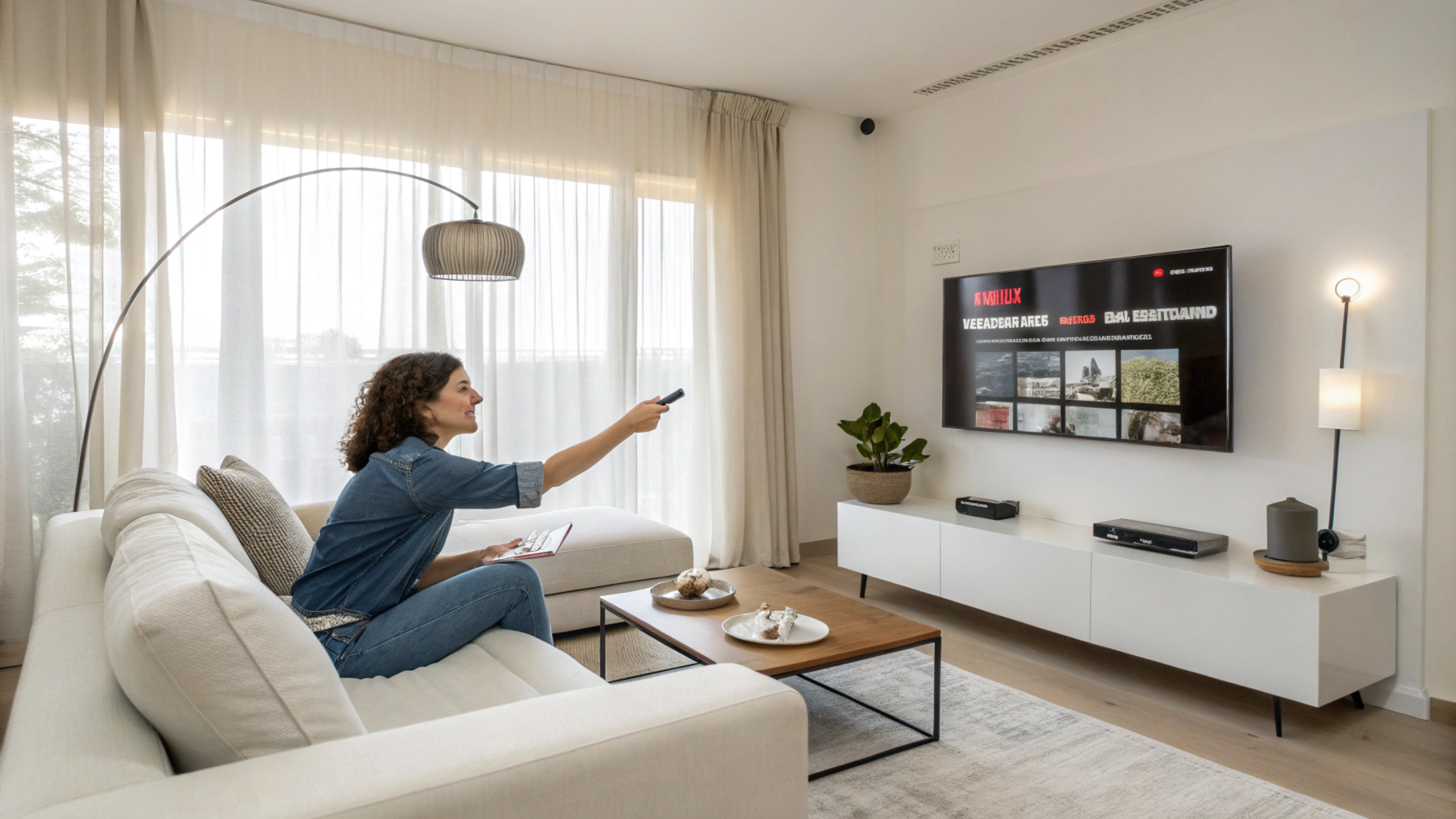Black Friday has become one of the most important campaigns in e-commerce, and undoubtedly represents a great opportunity for retailers to maximize their revenues. This event is much more than just “deep discounts”. With market saturation and increasing competition, it is essential to make the most of current trends, improve the user experience (UX) and ensure consumer confidence. Personally, I have witnessed how even big brands have failed to leverage their full potential during this season, simply by neglecting crucial aspects of the shopper experience.
The Power of Mobile Devices in Black Friday Shopping
Recently, one of the most noticeable trends is the dominance of mobile commerce. More than half of all purchases made during the Cyber 6 period (from Black Friday through the following Wednesday) are made via mobile, both in countries like the U.S. and other European countries. This does not surprise me at all, as I have seen firsthand how consumers value the convenience and speed that these devices offer. It is therefore crucial to optimize our websites for mobile devices, ensuring that navigation is smooth and promotional offers are easily accessible.
When mobile users have trouble finding the offers they are looking for, it is a clear indication of flaws in the navigation structure, something I have noticed even in large campaigns from major companies. If consumers are frustrated in their attempts to locate promotions, they may abandon the site altogether. This underscores the importance of having a clear and consistent layout for Call to Actions and discounts.
One of the most effective methodologies I have used to solve these problems is A/B Testing. Platforms like Checkealos allow you to test before the Black Friday campaign is in production, and evaluate which design elements confuse users. With tools like Click Test and ThinkOutLoud, you can identify friction points that, if left unaddressed, could have a negative impact on conversions.
Personalization: The Gateway to a Unique Experience
Today, consumers are looking for much more than just an offer: they want an experience tailored to their preferences. 70% of users start their shopping journey online and around 60% prefer to do it from their mobiles, rather than using traditional web browsers. This shows us that personalization is no longer an option, but a necessity.
One thing I can’t help but point out, based on my experience, is that a UX strategy that doesn’t consider personalization is doomed to fail. During Black Friday, the amount of options can be overwhelming for shoppers, and if your site doesn’t offer personalized recommendations, customers are likely to feel lost and abandon the shopping process. On the other hand, when we implement a tailored user experience, what I’ve noticed is that not only conversions improve, but also long-term loyalty. Companies that invest in this area manage to stand out in a sea of seemingly endless offers.
Why Sustainability Matters Too?
One aspect that has come to the forefront over the past few bidding seasons is the importance of sustainability. It is curious to see how this theme has infiltrated an event traditionally known for over-consumption. More than 50% of European shoppers consider the environmental impact of their purchases, highlighting how much this aspect has changed. In my direct interactions with customers, I have witnessed an increasing number of questions about the origin of products and the brand’s efforts towards sustainability.
Companies that have managed to integrate attractive offers with a sustainable approach have fared much better in terms of brand perception during Black Friday. Investing time in clearly communicating your company’s sustainable practices or products can make a big difference. Not only does this align your business with modern consumer expectations, but it reinforces trust in your brand, which is increasingly valuable in the competitive world of e-commerce.
Trust as a Determining Factor
Speaking of trust, during Black Friday, transparency is key. A large portion of young consumers (ages 16-34) in Europe avoid retailers they perceive as untrustworthy, underscoring the importance of building and maintaining credibility through clear pricing and promotions. On several occasions, I have seen companies promise offers that do not match what is actually on offer, creating a deep disconnect with customers. We’re not just talking about immediate losses in sales, but long-term damage to brand reputation.
To mitigate this risk, clarity in every aspect of the Black Friday campaign is essential, from banner copy to discount visibility. I have learned that transparency in promotions and direct, honest communication can avoid misunderstandings and generate a more loyal customer base.
Preparing for the Future of Black Friday
Success during this intense campaign is not just about who offers the biggest discount. My experience has taught me that those who invest in optimizing the user experience, creating a robust mobile presence, ensuring personalization and maintaining customer trust are the ones who really stand out. It’s time for companies to understand that Black Friday is not a one-off event, but a strategic opportunity to gain ground and position themselves for the future.
If we can nail these elements, there’s no reason why we can’t exceed our sales expectations while also leaving a positive impression on our customers, who will value both the shopping experience and the deals offered during this exciting and competitive period.



